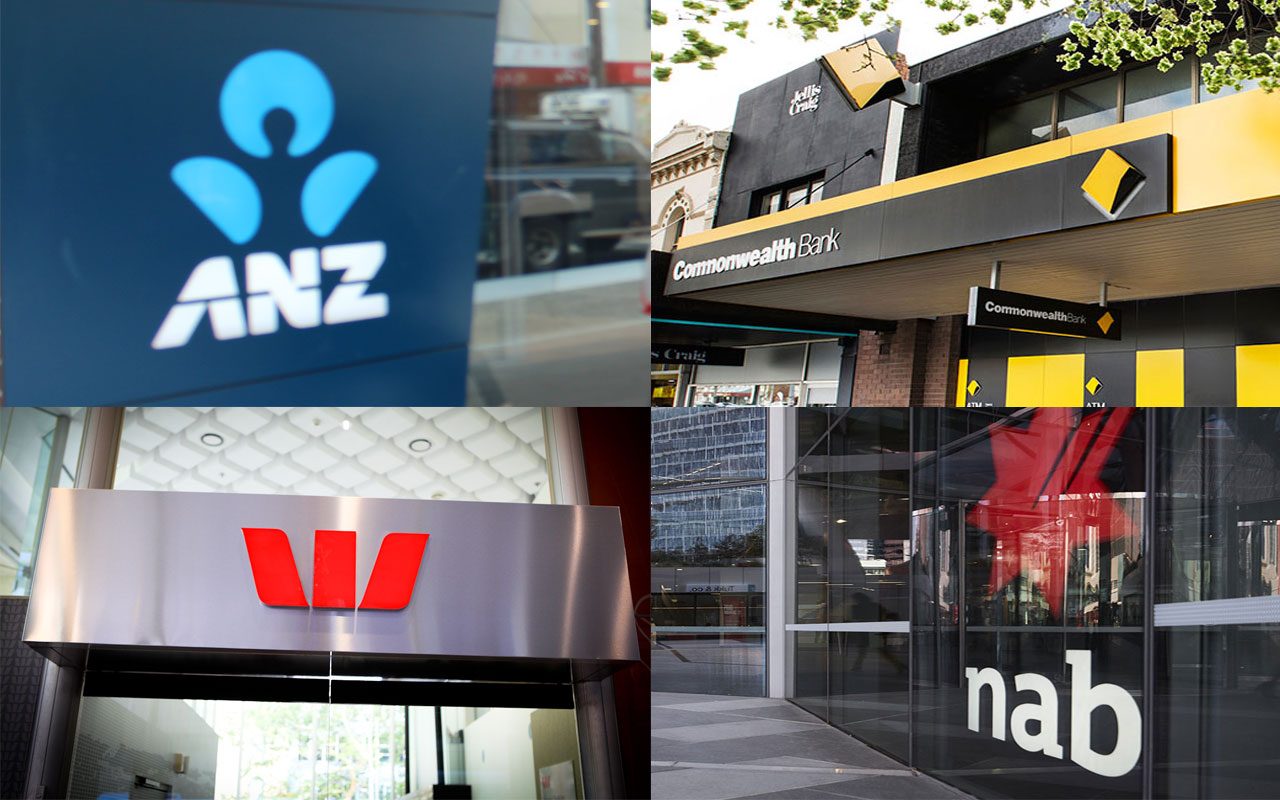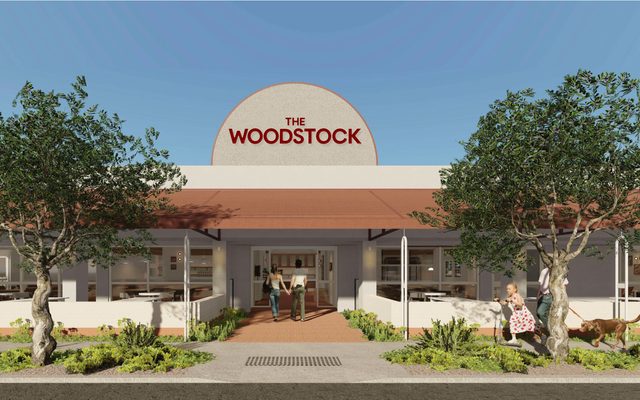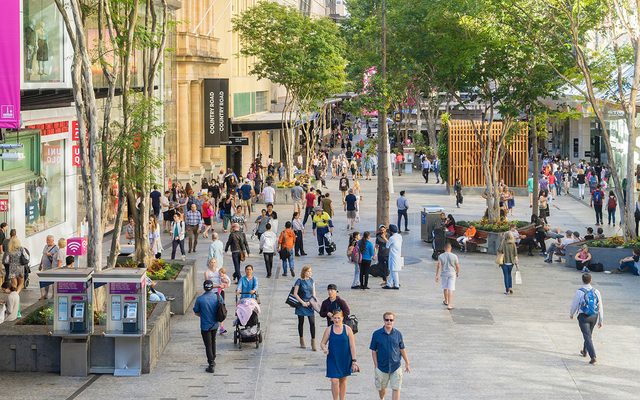This article is from the Australian Property Journal archive
NON-bank lending’s growth trajectory in Australian commercial real estate debt (ACRED) signals an opportunity for the sector to double over the next five years and continue chipping away at the major bank’s market share.
Non-bank lending now holds a 16% market share of Australian ACRED, increasing from 10.4% in 2020.
Conversely, the big four have seen their market share drop from 86% to 73% in the past decade.
The data comes from a research report commissioned by Payton Capital, which specialises in mid-market real estate secured loans, ranging from $5 million to $50 million, and conducted by Foresight Analytics.
“While the research places the value of the non-bank lending ACRED market at $74 billion, the current growth trajectory signals an opportunity for this market to double over the next five years,” Payton Capital CEO David Payton said.
Non-bank ACRED lenders, primarily funded by high-net-worth, family office and institutional investors, have demonstrated a 35% Compound Annual Growth Rate (CAGR) since 2020, positioning them as key players in the ACRED space.
Supply of funding available from major banks has also decreased relatively, with reduced involvement in development funding. NAB’s developer financing in their CRE book declined from 16% in 2013 to 7% in 2023.
According to Payton Capital, contributors to the supply and demand imbalance include tightened regulatory conditions for major banks post the rollout of Basel III in response to the global financial crisis, Australia’s strong population growth and continuing significant undersupply of residential property.
The report suggests the rise in Australian residential property prices has also increased confidence and by association propelled the increase in demand for ACRED. High-net-worth investors have sought to earn premium stable monthly income, secured by real estate, provides risk adjusted returns, in contrast to other volatile asset classes
CBRE research late last year showed lenders are now favouring investments in Australian data centres, health care, life sciences, childcare and self-storage real estate over office and retail properties, as the traditional sectors struggle through structural headwinds, higher interest rates and high inflation.
Nearly 80% of lenders nominated industrial as a preferred asset class. The burgeoning build-to-rent sector came in second on the list, at about 35%, and residential build-to-sell was next at about 28%.
According to analysis by Madigan capital and economist David Rees, landlords of Australian commercial real estate could need as much as $45 billion in new equity and debt to recapitalise their assets in response to dropping values and higher finance costs.




